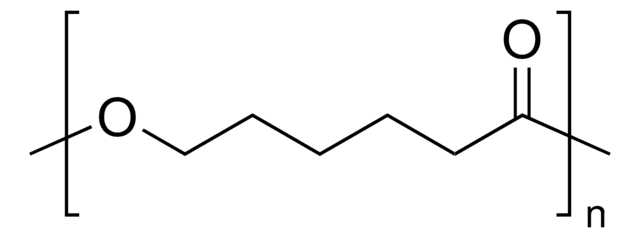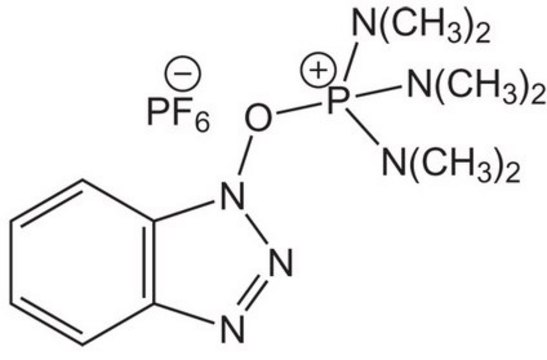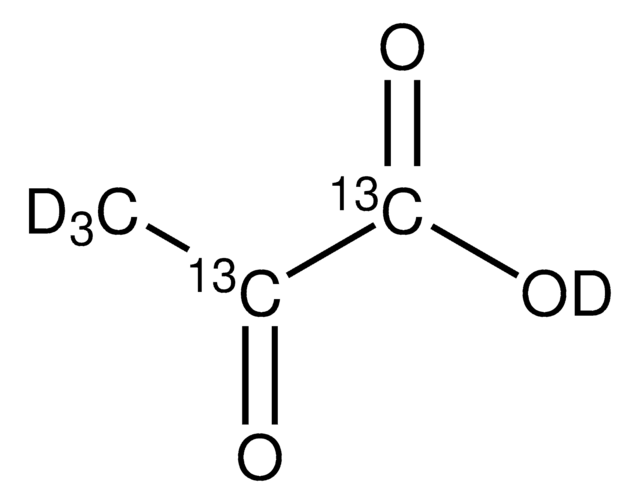All Photos(1)
Synonym(s):
2,2-Dimethyl-4-oxo-3,8,11,14,17,20,23-heptaoxa-5-azapentacosan-25-oic acid, Boc-NH-PEG6-CH2COOH
Empirical Formula (Hill Notation):
C19H37NO10
CAS Number:
Molecular Weight:
439.50
MDL number:
UNSPSC Code:
12352106
NACRES:
NA.22
Recommended Products
form
liquid
reaction suitability
reagent type: linker
refractive index
n/D 1.4657
functional group
Boc
amine
carboxylic acid
storage temp.
−20°C
SMILES string
OC(COCCOCCOCCOCCOCCOCCNC(OC(C)(C)C)=O)=O
Related Categories
Application
This heterobifunctional, PEGylated crosslinker features a carboxylic acid at one end and Boc-protected amino group at the other, which can be deprotected with mildly acidic conditions. The hydrophillic PEG linker facilitates solubility in biological applications. BocNH-PEG6-acid can be used for bioconjugation or as a building block for synthesis of small molecules, conjugates of small molecules and/or biomolecules, or other tool compounds for chemical biology and medicinal chemistry that require ligation. Examples of applications include its synthetic incorporation into antibody-drug conjugates or proteolysis-targeting chimeras (PROTAC® molecules) for targeted protein degradation.
Other Notes
Legal Information
PROTAC is a registered trademark of Arvinas Operations, Inc., and is used under license
related product
Product No.
Description
Pricing
WGK
WGK 3
Flash Point(F)
Not applicable
Flash Point(C)
Not applicable
Regulatory Information
新产品
Certificates of Analysis (COA)
Search for Certificates of Analysis (COA) by entering the products Lot/Batch Number. Lot and Batch Numbers can be found on a product’s label following the words ‘Lot’ or ‘Batch’.
Already Own This Product?
Find documentation for the products that you have recently purchased in the Document Library.
Vincent Rerat et al.
Bioorganic & medicinal chemistry letters, 20(6), 1861-1865 (2010-02-23)
Ultrasmall particles of iron oxide (USPIOs) coated with 3,3'-bis(phosphonate)propionic acid were covalently coupled to a home-made Arg-Gly-Asp (RGD) peptidomimetic molecule via a short oligoethylene-glycol (OEG) spacer. The conjugation rate was measured by X-ray photoelectron spectroscopy (XPS). The particle size and
Vincent Rerat et al.
Journal of medicinal chemistry, 52(22), 7029-7043 (2009-10-29)
RGD peptides are used in biomaterials science for surface modifications with a view to elicit selective cellular responses. Our objective is to replace peptides by small peptidomimetics acting similarly. We designed novel molecules targeting alpha(v)beta(3) integrin and featuring spacer-arms (for
Our team of scientists has experience in all areas of research including Life Science, Material Science, Chemical Synthesis, Chromatography, Analytical and many others.
Contact Technical Service







